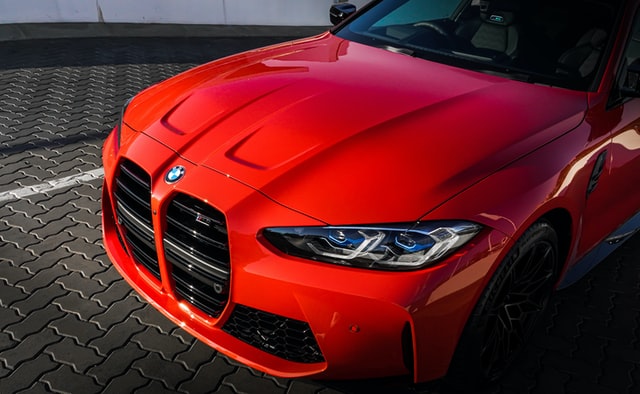The color red has always carried a range of associations—from being a symbol of danger to representing love and good fortune. In the world of automobiles, red cars often become the subject of various myths and misconceptions. These beliefs, passed down over time, sometimes lead people to make decisions based on misinformation. If you’ve ever heard that red cars are more prone to accidents, theft, or higher insurance premiums, you’re not alone. Let’s dive into some of the most common myths about red cars and uncover the truth behind them.
Myth 1: Red Cars Are More Likely to Crash
One of the most persistent myths is that red cars are more likely to be involved in accidents. This belief likely stems from the association of the color red with danger and urgency. However, the truth is that a car’s color has no direct influence on its likelihood of being involved in a crash. The primary factors that contribute to accidents include the driver’s behavior, road conditions, and external factors such as weather. While red is a bold and noticeable color, it doesn’t inherently make a vehicle more accident-prone.
Myth 2: Red Cars Have Higher Insurance Premiums
Another common misconception is that red cars are more expensive to insure. Many people believe that insurance companies charge higher premiums for red cars because they are more likely to be stolen or involved in accidents. However, this is simply not true. Insurance premiums are determined by factors such as the car’s make and model, engine size, the driver’s age, driving history, and location. The color of the car has no bearing on the cost of insurance. Whether your car is red, blue, or any other color, the insurance rate will remain the same based on these other, more relevant factors.
Myth 3: Red Cars Are More Prone to Theft
It’s often believed that red cars, being more eye-catching, are more likely to be targeted by thieves. While red is a vibrant and noticeable color, there’s no evidence to support the idea that it makes a car more susceptible to theft. Car thieves are generally more interested in the make, model, and resale value of a vehicle rather than its color. Factors such as the presence of security systems, the location where the car is parked, and the ease of stealing the vehicle play a much larger role in determining a car’s likelihood of being stolen.
Myth 4: Red Cars Run Hotter
There is a belief that red cars run hotter than cars of other colors, especially in sunny climates. This myth likely arises from the fact that darker colors absorb more heat. However, while it’s true that colors like black can absorb more heat, the difference is minimal when it comes to red cars. The temperature inside a red car will not be significantly higher than that inside cars of other colors, especially when considering that factors like window tinting and the use of sunshades have a more substantial impact on a car’s internal temperature.
The Reality Behind Red Cars
All of these myths about red cars are just that—myths. The color of a car should be a reflection of personal preference and style rather than concerns based on misconceptions. Whether you prefer a bold red, a sleek black, or a classic white, the choice of color is ultimately up to you.
Red remains a popular choice for many car enthusiasts, and for good reason. It’s a color that exudes confidence, energy, and passion. So, if you’re thinking about getting a red car, go ahead and choose what you love, knowing that these myths won’t affect your driving experience or your wallet.
In the end, it’s important to base your decisions on facts rather than hearsay. Red cars are no different from cars of any other color when it comes to safety, insurance, or temperature. So the next time you hear one of these myths, you’ll know better than to believe it.

